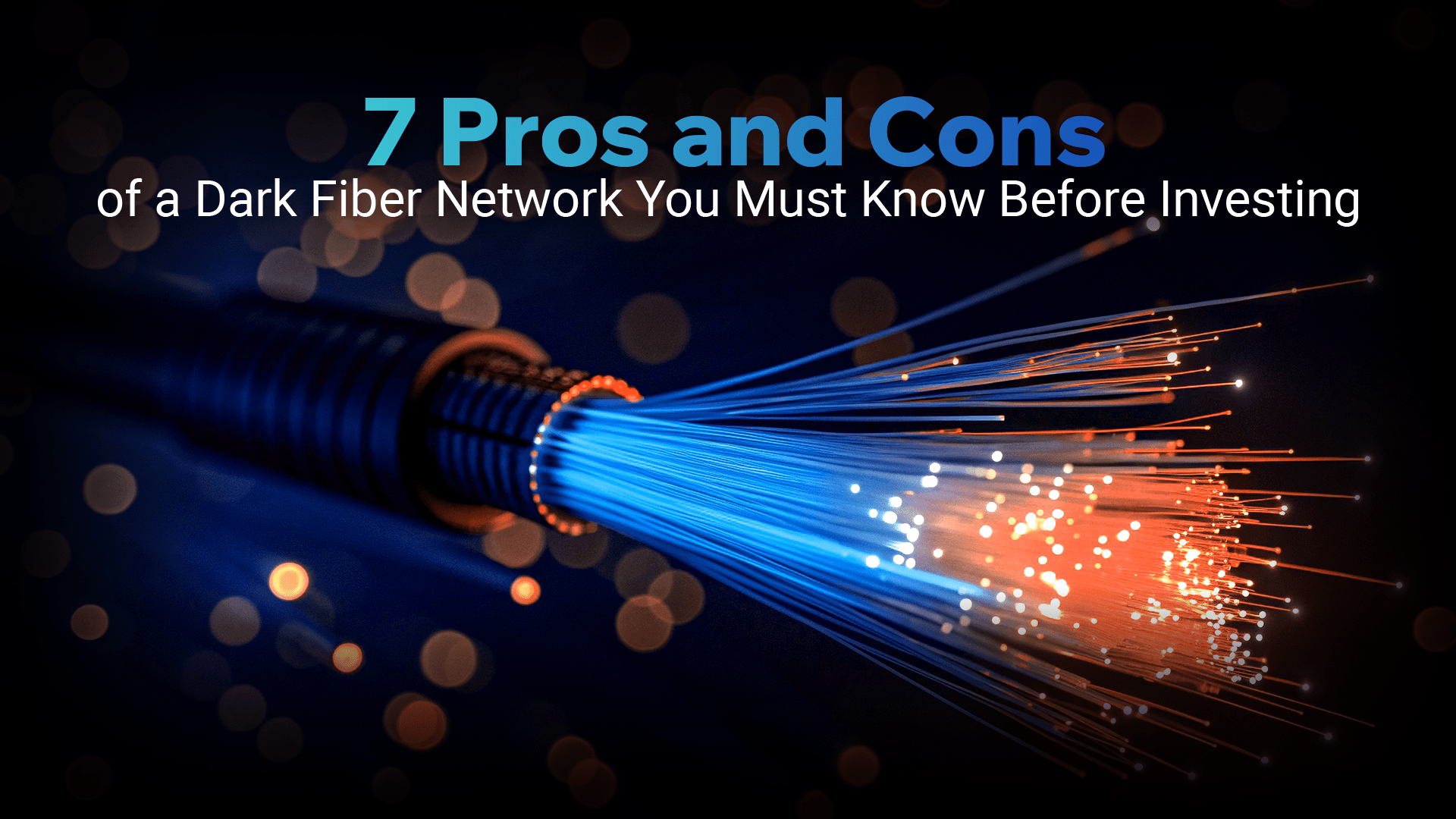
7 Pros And Cons Of Dark Fiber Network You must know Before Investing
Dark fiber networks offer unparalleled control and scalability but come with the burden of high initial costs and full management responsibility. Understanding these trade-offs is crucial before investing. Dark fiber refers to unused fiber-optic cable that has been laid but is not yet “lit” with optical signals or service provider equipment. Leasing or purchasing this unused infrastructure allows an organization to create its own private network. 7 Pros of a Dark Fiber Network Investing in dark fiber provides critical advantages for organizations with high-bandwidth, low-latency, and stringent security requirements. 7 Cons of a Dark Fiber Network The freedom and capacity of dark fiber come with significant capital investment and operational responsibility. Feature Dark Fiber Managed (Lit) Fiber Control Full control over equipment, speed, and security Limited; managed by the provider Scalability Virtually unlimited; upgrade equipment only Limited to provider’s fixed service tiers Cost Model High upfront; lower long-term OpEx for high-bandwidth Low upfront; higher recurring monthly cost Responsibility Customer (you) manages all equipment and maintenance Provider manages all equipment and maintenance Ideal For Data centers, large enterprises, high-volume/low-latency needs SMBs, standard corporate connectivity, moderate needs Ultimately, the decision to invest in dark fiber is a strategic one, balancing significant long-term advantages like total control and limitless scalability against the initial investment and maintenance commitment. If your business is poised for rapid data growth and demands a private, high-performance foundation, exploring your specific options is the essential next step. To understand how dark fiber can be strategically mapped to your organization’s future, you can begin by looking into specialized providers and explore dark fiber solutions with network experts.









